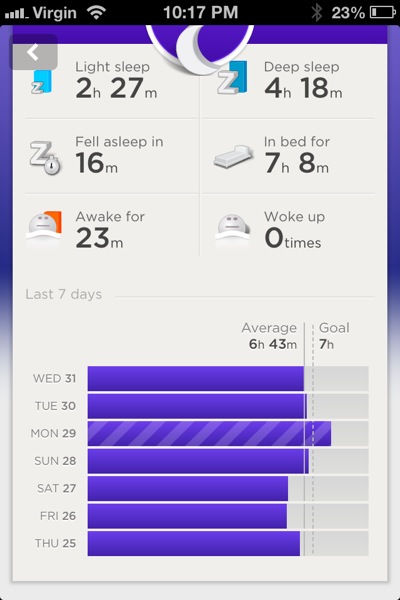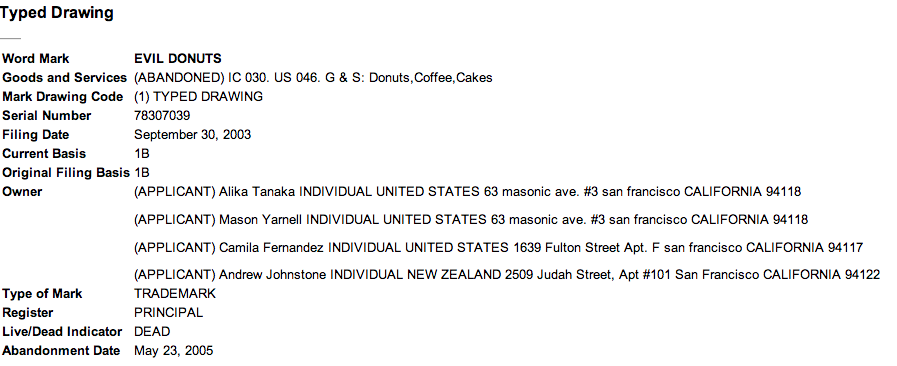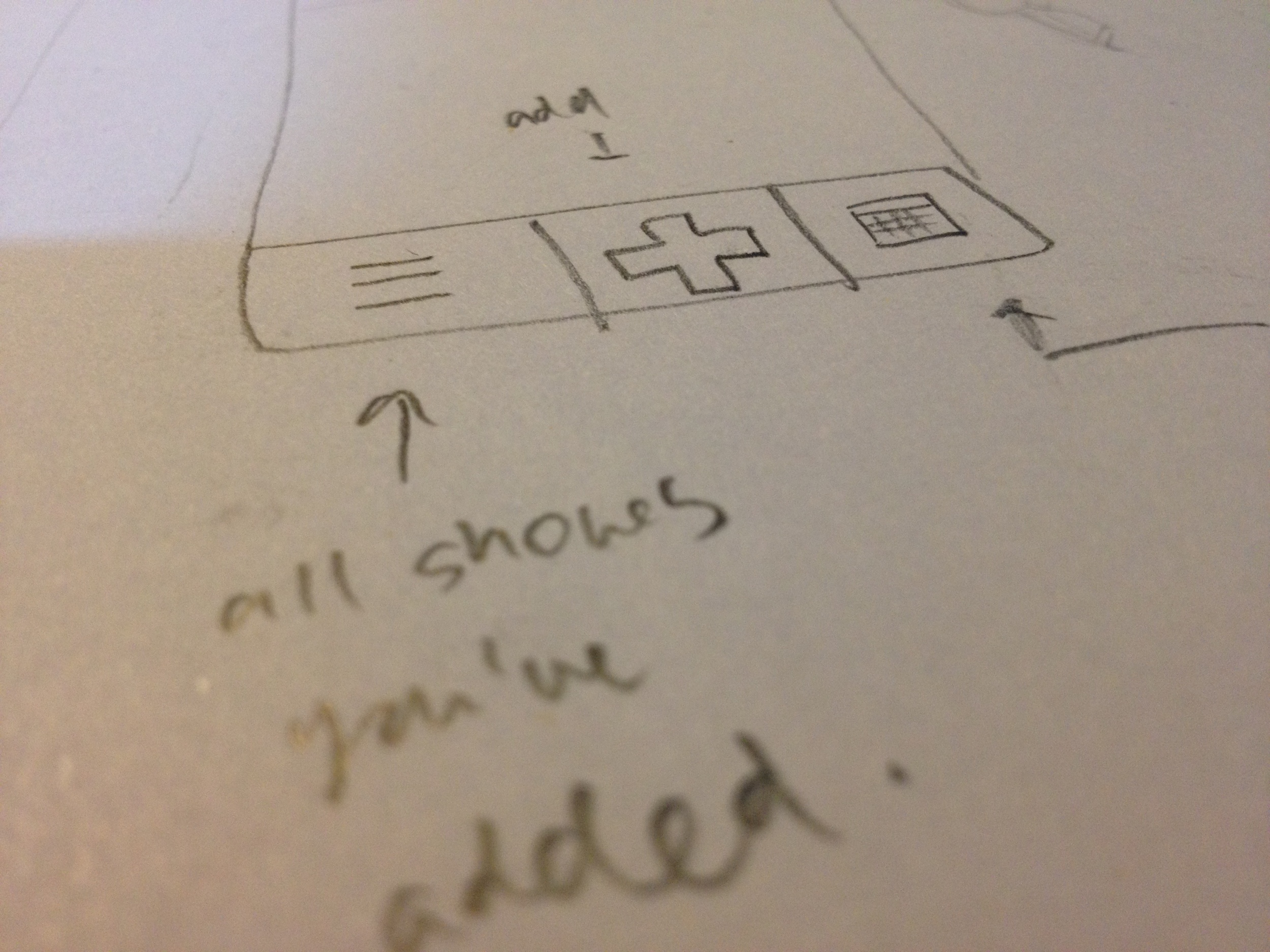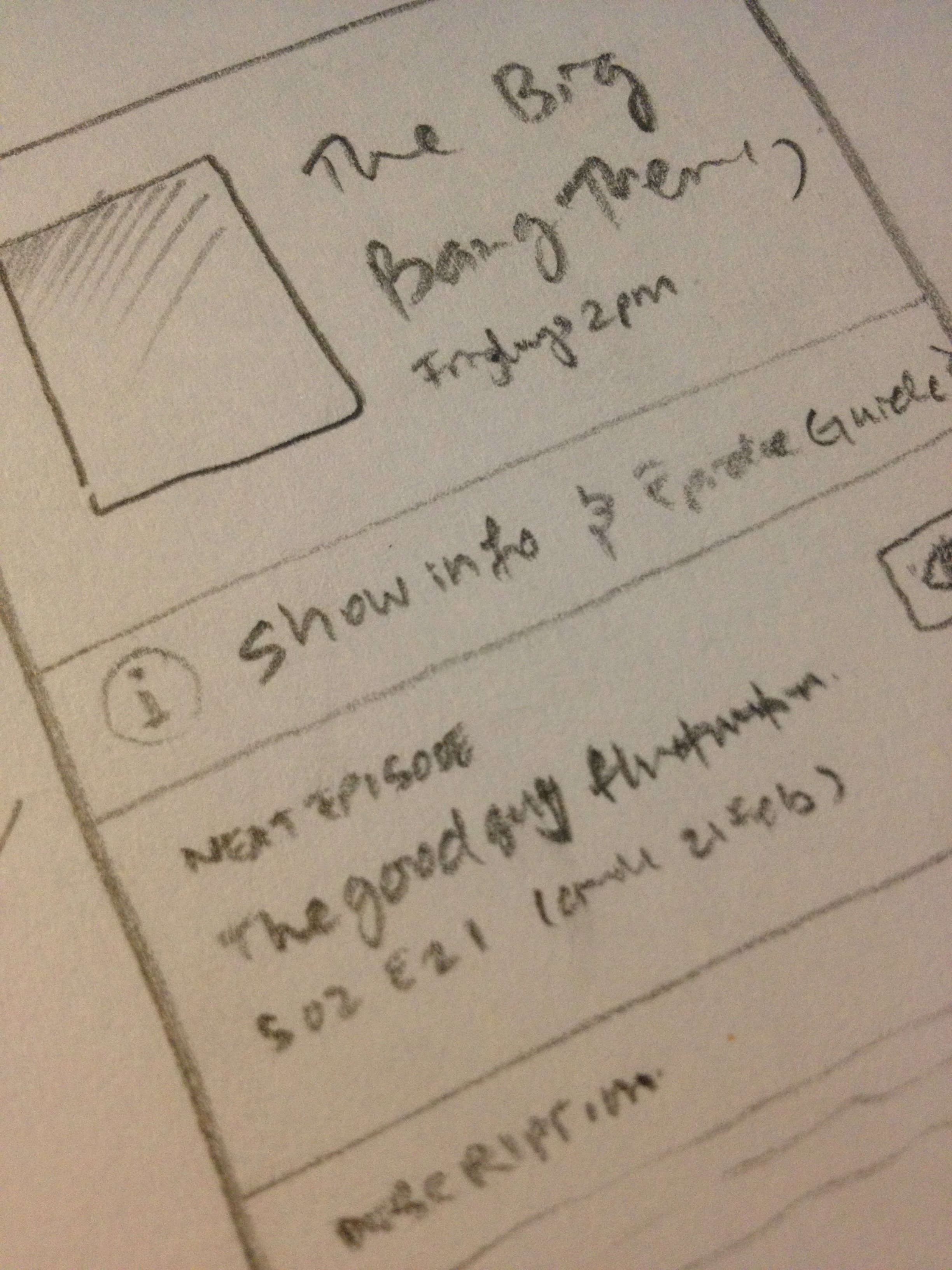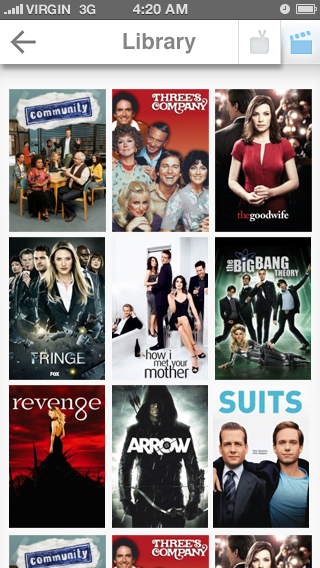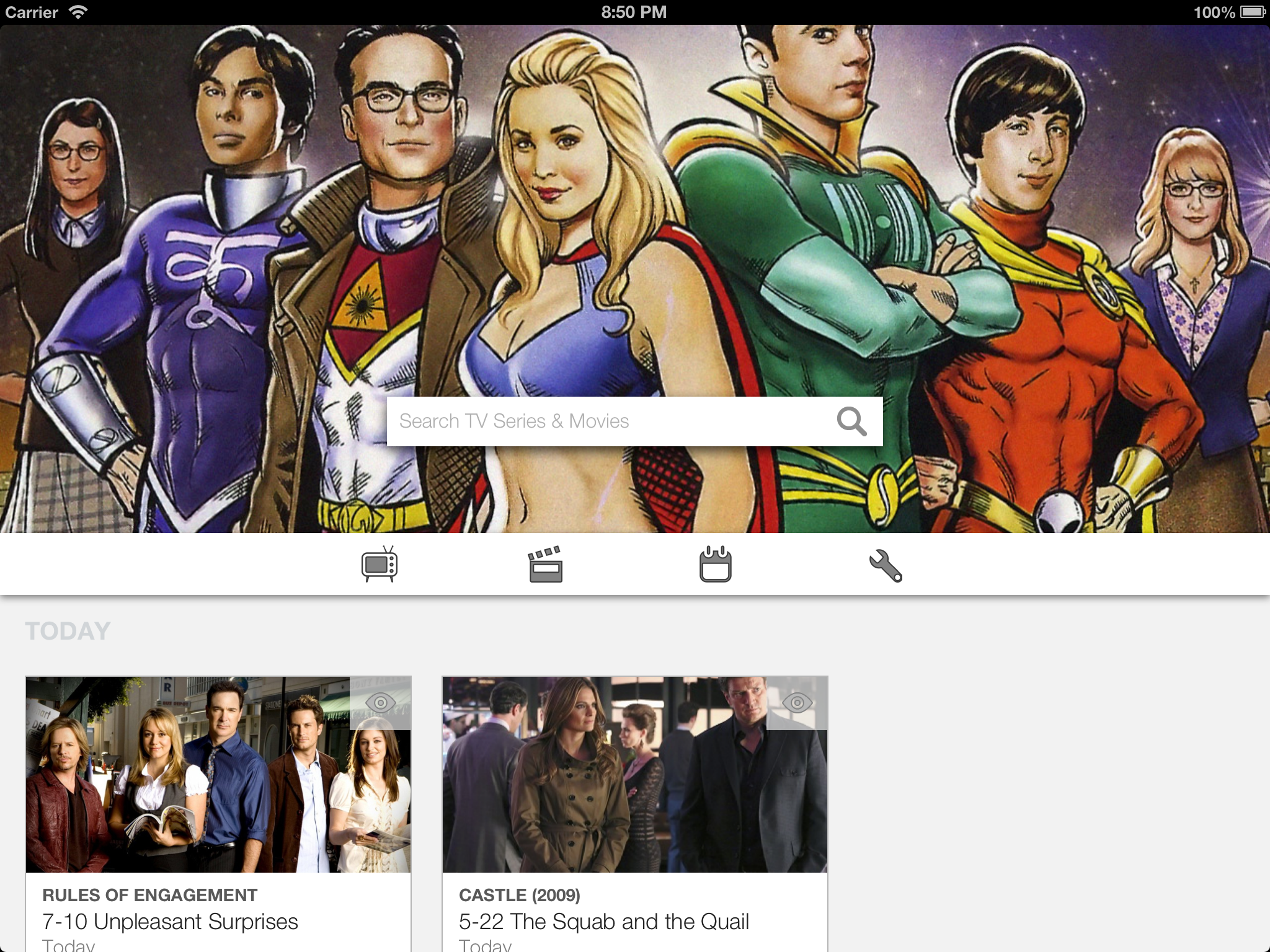A lot of the time, design is a step that is left up to the developer working on a feature. He/she is given full liberty to make a decision on the user interface. Often, there is not enough to make an informed decision on the UI, even though he may be capable of coming up with something aesthetically pleasing. Spending time on design can feel like a waste of time, effort and ultimately, money. This is, of course, not true.
Design is where marketing, sales and brand meet the product and its platform. It is the round table where all departments can sit down to have an equal say on how a product’s development effort can be be part of the bigger story.
A designer can interpret some of the abstract thinking behind features to produce a consistent design, which in turn can be interpreted by the technical team. A designer’s job is a lot more complex the just coming up with a fancy UI. He has to worry about the narrative, and ensure that the UI reflects on the spirit of the product.
Event a tiny feature like a word count in your word processor product can be a complex decision. You could
- Have a count in the status bar of the app
- Hide the operation in the tools menu
- Toolbar item
- Context menu when text is selected
The right decision can depend on a number of factors like user stories, target audience, client requests, estimated frequency of usage, new target markets etc. If you look closely, Google Docs chooses to hide it in a menu while Word has it in the status. Reflects well on what each product tries to achieve.
At the end of the day, UI is how your user forms a long term relationship with your product. The message you carry is important for this relationship to grow. A solid design process can go a long way.
